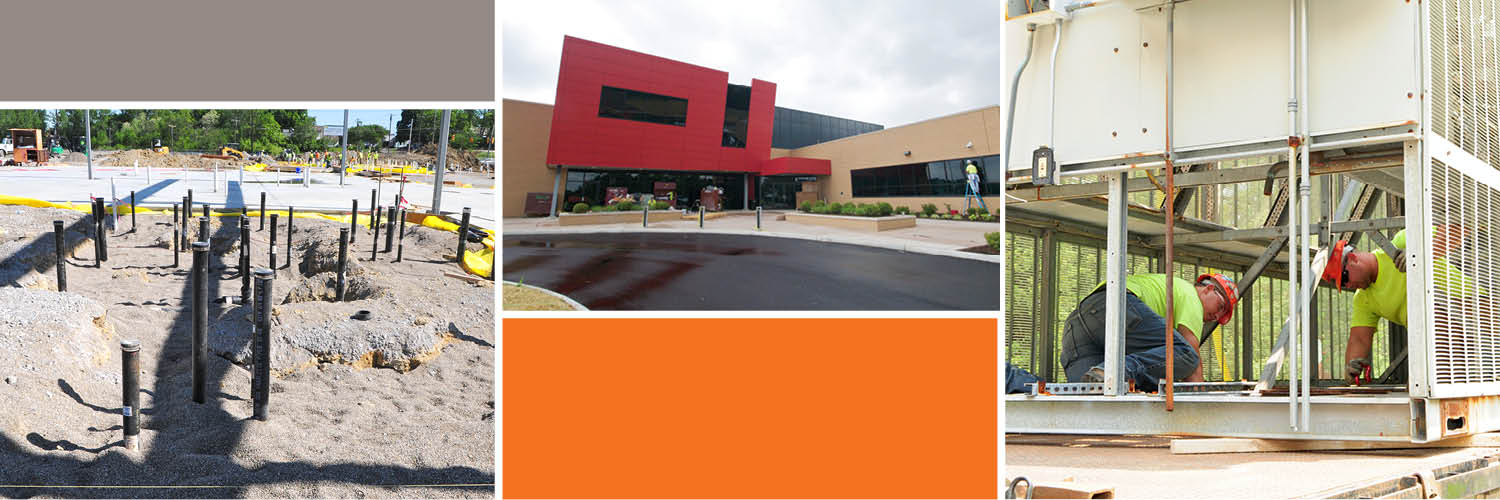Safety First, Always First.
With summer upon us and temperatures rising, it is important to understand the risk factors of heat stress and take precautions to avoid it and other heat-induced illnesses.
Heat stress generally occurs when spending long periods of time outside in excessive heat, and symptoms typically include physical exhaustion, cramping, rashes and dehydration. In the most severe cases, heat stroke may occur, which can result in confusion, irrational behavior, loss of consciousness and even death.
“Heat stress is certainly something we take seriously,” says Jamie Absher, Safety Specialist at TP Mechanical. “Our employees are outside on jobsites daily during the warmer months, and their health and safety is our foremost priority.”
There are a variety of factors that put anyone at a higher risk of experiencing heat stress, including:
- High temperatures and humidity
- Direct sun exposure
- Not drinking enough fluids (dehydration)
- Physical exertion
- Limited air movement
- Bulky or heavy personal protective equipment or clothing
- Radiant heat sources (vehicle and equipment engines, hot manufacturing processes, etc.)
- Certain medications (e.g., diuretics, antihypertensives and anticholinergics)
- Physical conditioning and health conditions (e.g., diabetes, cardiovascular disease, influenza, etc.)
- Lack of recent heat exposure (not acclimatized)
- Age of 65 or higher
To mitigate the above risk factors and prevent heat stress, here are three strategies to employ on your jobsite:
- Implement a heat safety plan. It is important to train workers on the risk factors, symptoms and health effects of heat stress, as well has how to respond to a heat illness incident. Establishing someone as a heat safety leader on the jobsite to manage the heat safety plan and monitor workers is another way to be proactive. When possible, it is also beneficial to utilize modified work schedules to schedule more physically demanding and non-essential outdoor work during cooler times of the day.
- Stay hydrated. NIOSH recommends that for moderate activity in moderate conditions, each worker should drink one cup of water every 15 to 20 minutes. Keep fluids – especially water – readily available to workers on the jobsite. Employers should also consider providing urine color charts near toilet facilities so workers can monitor their hydration level throughout the day.
- Keep cool. Our bodies naturally produce heat, even during rest, so being sure to cool off during physical exertion is key to avoiding heat stress. Regular breaks should be taken in air conditioned or shaded, breezy areas. Avoiding non-essential bulky or heavy clothing and equipment can also reduce the risk for heat stress, and employers should consider providing cold packs or cooling vests to workers on particularly hot days.
To learn more about our commitment to workplace health and safety, visit http://www.tpmechanical.com/about-tp/safety/.
